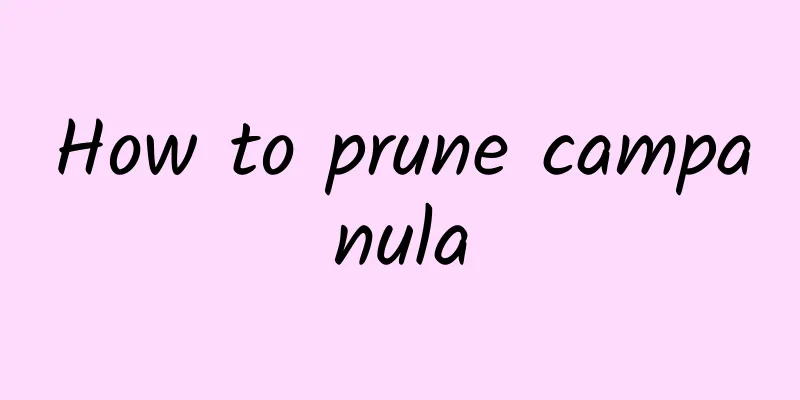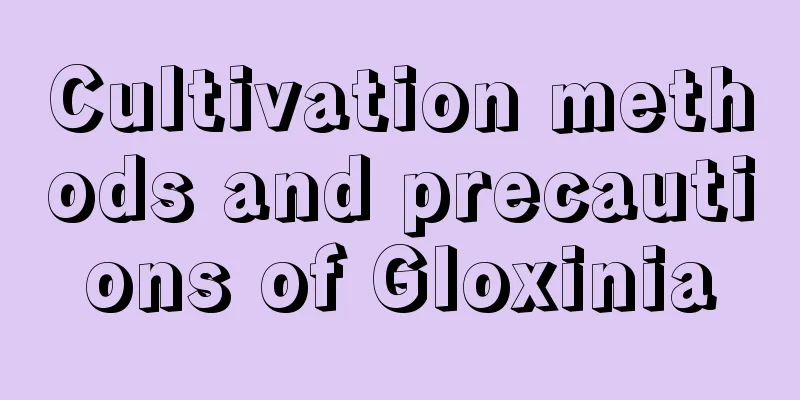Characteristics and cultivation methods of copper coin grass

|
The pennywort is a very lovely perennial wetland herb with round leaves that look like coins, symbolizing the coming of wealth. The pennywort is not only beautiful, but can also be used as medicine. It is very easy to cultivate. Let’s talk about the characteristics and cultivation methods of the pennywort. 1. Characteristics of coin grass 1. Pennywort is a creeping plant with well-developed underground stems, and new roots and leaves can grow at each node. 2. The leaves of the pennywort are round and kidney-shaped, about 3-8 cm in diameter, green on the surface, light green on the back, and have serrated edges. 3. The pennywort will bloom small yellow-green flowers in summer and autumn. The inflorescence is umbrella-shaped and grows in the axils of the stems. 4. The fruit of the pennywort is ring-shaped, about 2 mm in diameter, with a smooth or wrinkled surface, and is light yellow or dark purple in color. 2. Cultivation method of copper coin grass 1. Soil Pennywort likes loose, breathable and well-drained soil. It can be made by mixing leaf mold, garden soil, sandy soil, etc., and can be made by using a flower pot without drainage holes. 2. Light and temperature The pennywort prefers a semi-shaded and semi-sunny environment and needs 4-6 hours of scattered sunlight every day. Avoid direct sunlight in summer. The suitable temperature is 10-25℃, not exceeding 32℃ in summer and not lower than 5℃ in winter. 3. Watering and fertilizing The pennywort likes moisture and can be grown in half soil and half water. The soil should be kept moist, or always keep the upper half of the pot water and the lower half soil. In summer, you need to add more water and spray water on the leaves frequently to increase the air humidity. Apply liquid fertilizer every 2-3 weeks during the active growth period. 4. Propagation and pruning The pennywort can be propagated by division, cuttings or hydroponics. When dividing the plant, cut the rhizome into several sections and leave a few leaves. When cutting, insert the stem segment with roots into the soil and keep it moist. When hydroponically cultivating, place the stem segments with roots in clean water and change the water regularly. When pruning, remove yellow or overly dense leaves, and cut off stems that are too tall or too long. That’s it |
<<: How to plant potatoes, what base fertilizer is best
>>: What fertilizer is best for growing peanuts and how to fertilize it
Recommend
How to water the potted money tree
Key points for watering potted money trees Potted...
The cultivation method and precautions of Baocao
one. soil Since this plant prefers fertile sandy ...
Tips for watering orchids
1. Watering tips 1. Do not water unless the soil ...
How to grow Guanyin bamboo and what to pay attention to
Growth habits of Guanyin bamboo Guanyin bamboo li...
What are the varieties of Cycad?
Cycas forkyleaf It can also be called Longkou Cyc...
Which flowers can represent happiness, wealth, longevity and joy?
【blessing】 significance The red floral series sym...
How to plant roses? Planting time and method
Rose planting time Roses are suitable for plantin...
Is it profitable to grow herbs? Planting prospects and profits
Is growing herbs profitable? Traditional Chinese ...
How to make Schefflera have more branches and how to trim it
1. How to make Schefflera have more branches 1. T...
If you grow jasmine like this in summer, the flower buds will pop non-stop and will bloom for half a year!
What should I do if the leaves of jasmine turn ye...
How to change the soil of Clivia? The best time and method to change the pot and soil
Spring is the best time to grow flowers and chang...
Cultivation methods and precautions of fairy cup
How to cultivate fairy cup illumination Fairy cup...
How to plant golden thread lotus, pictures of golden thread lotus
1. Planting method 1. Site selection: It is not e...
Can pigeon droppings be used as fertilizer? What kind of fertilizer is it?
If pigeon droppings are used as fertilizer, they ...
What crops are suitable for growing in winter? What crops are suitable for growing in winter?
If crops are planted in winter, the first require...









